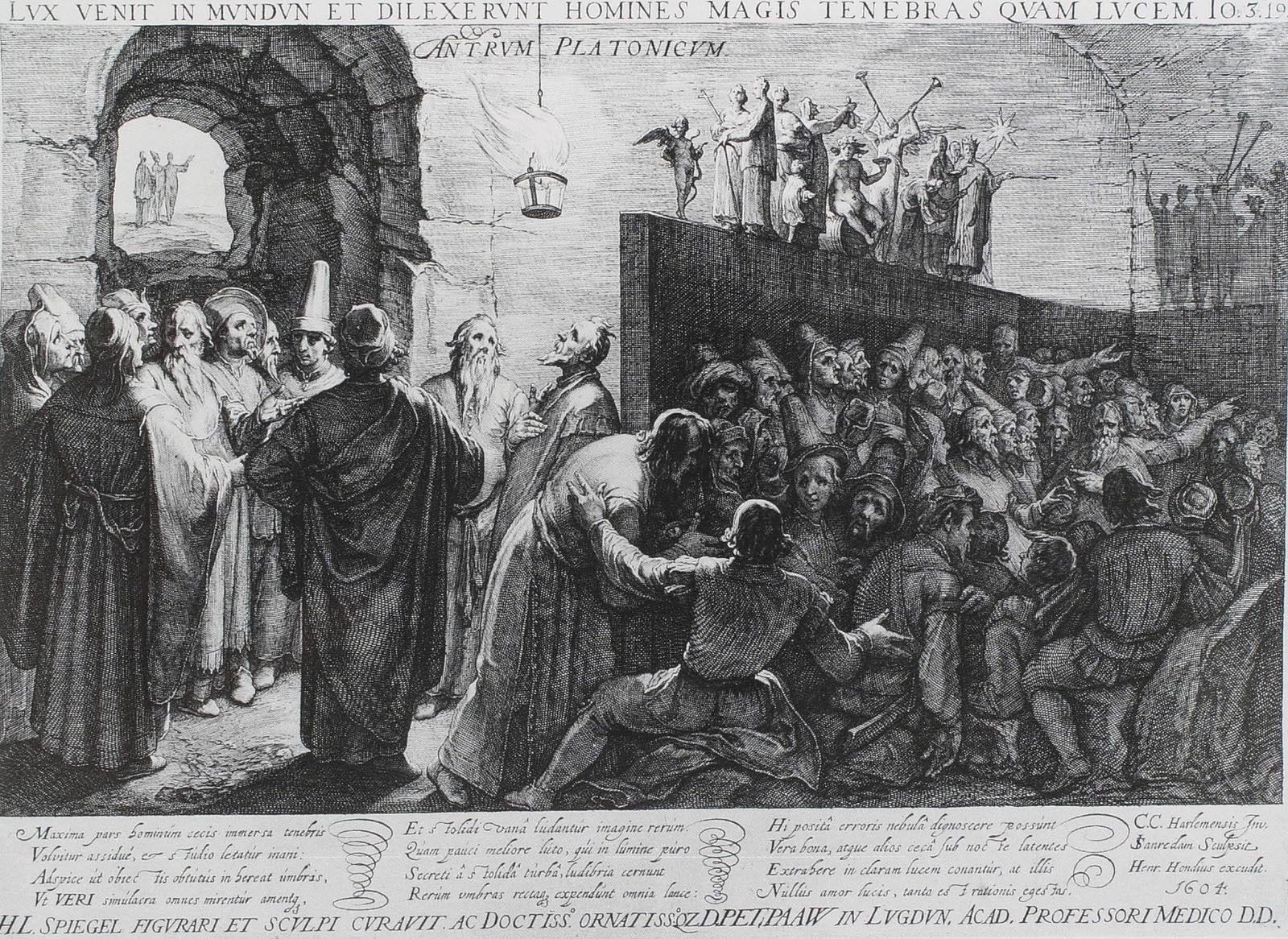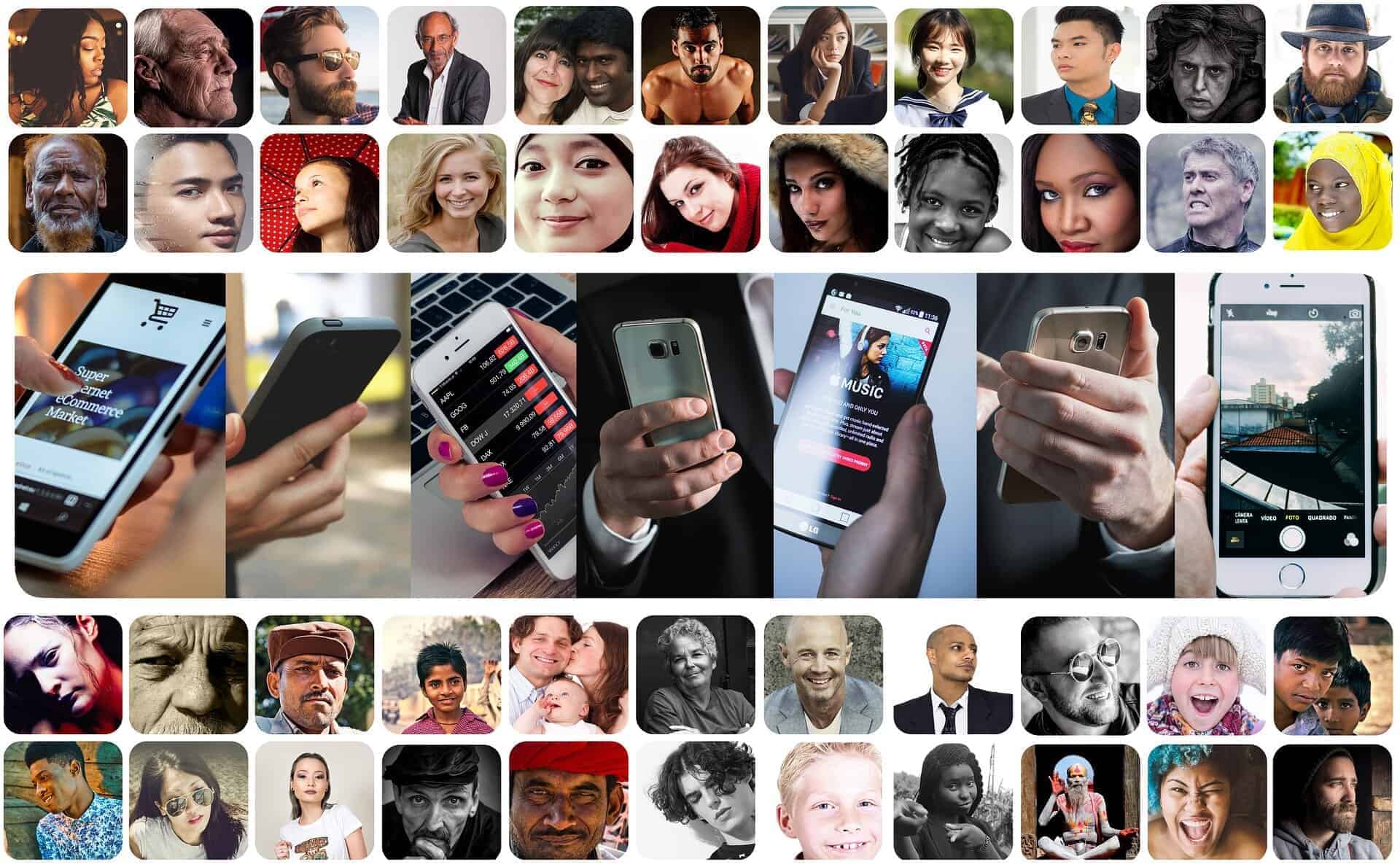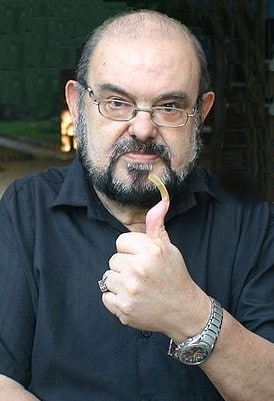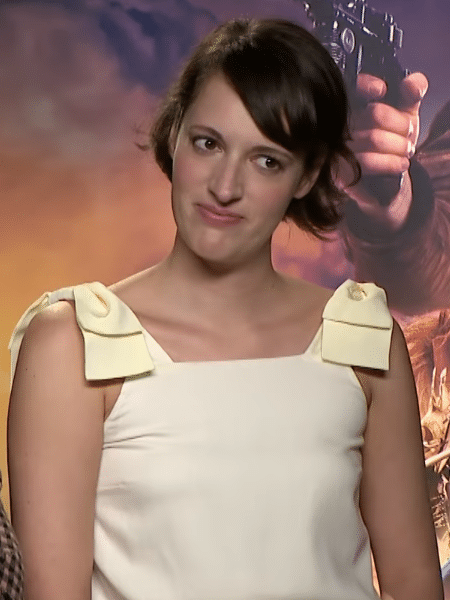The importance of living in the real world – Leaving the Cave
If you prefer to listen:

Charlie Brooker, from Wikipedia
In December of 2011, Charlie Brooker gifted the world with the shocking, merciless and incredible first episode of his series Black Mirror. The premise of the show is simple: the narratives are centered “on obscure and satirical themes that examine modern society, particularly regarding the unforeseen consequences of new technologies” (available in: https://en.wikipedia.org/wiki/Black_Mirror).
We get distracted by medias
The first chapter, entitled National Anthem, present us the story of an artist who kidnaps Princess Susannah, a member of the British royal family. As a price for her freedom, the kidnapper requires the country’s Prime Minister to have sex with a pig on live television, otherwise he will kill her. It’s only a matter of hours and the news is already running the world; and any and all people, in all four corners of the globe, feel entitled to give their opinion and judge about what the Prime Minister should do (through social networks, television news, bar tables…).
However, before the act starts, exactly 30 minutes before, and with the broadcast already taking place on televisions and screens around the world – and with all the spectators collectively holding their breath in the agonizing wait for what would happen before their eyes – the artist/kidnapper releases the princess in a completely empty London, precisely because “he knew everyone would be elsewhere, watching screens” (Black Mirror. Season 01, Episode 01. Available on: https://www.netflix.com).
Brutally, Brooker rubs in the viewer’s face the absurd power that technology has in influencing daily and political decisions, regardless of borders and seas – in the episode described, the main technology is television and its power over other medias and over the population. Today, nine years later, at a time when everyone lives buried on their individual screens, National Anthem is considered obsolete and aggressive without need… People still don’t see the princess being released.

The world needs freedom. Always.
In 385-380 BC, Plato, in his Republic, gifted humanity with the Cave Myth – where he shows us the need to leave the cave and break free in order to stop seeing only shadows and get to know and see the reality. The similarities between Plato’s and Brooker’s discourse are undeniable. It’s even more undeniable how much both speeches perfectly describe our contemporary reality: we are the fruits that resulted of generations and genera-tions of absurd technological advances. n a matter of 50 years, the paraphernalia and gadgets that seemed to exist only in sci-fi films have gained shape and popularity (everybody wants to have the most advanced phone of the brand judged to be the best in technology).
 Back to the Future may have gotten the year wrong but we already have flying cars designs and Tony Hawk has already tested the first prototype of the Hoverboard, Marty McFly’s floating skateboard (available on: https://manualdomundo.uol.com.br/blog/tony-hawk-testa-o-primeiro-prototipo-real-de-skate-flutuante)
Back to the Future may have gotten the year wrong but we already have flying cars designs and Tony Hawk has already tested the first prototype of the Hoverboard, Marty McFly’s floating skateboard (available on: https://manualdomundo.uol.com.br/blog/tony-hawk-testa-o-primeiro-prototipo-real-de-skate-flutuante)
And yet, Brooker believes his stories are not “warnings. Technological progress is completely inevitable. We think more about the human characters. They’re not societal warnings. And I think we’re quite optimistic” (Available on: https://www.independent.co.uk/arts-entertainment/tv/features/black-mirror-charlie-brooker-interview-season-5-annabel-5jones-smithereens-striking-vipers-a8936981.html).
In fact, as the seasons of the show kept going, the episodes became more and more optimistic in the narratives and their conclusions (with the brilliant exception of the interactive Bandersnatch – Available on: https://www.netflix.com)
However, this effect is also something that the TV program itself had predicted and demonstrated, in the episodes prior to its acquisition by the multi-billion dollar Netflix: that the public that only sees the shadows cannot take it well when reality inevitably imposes itself and hits him like a fist in the pit of the stomach. And it is exactly in this duality that we find ourselves today.
Contemporary society, even though it is the most technologically advanced (at least, of which we are aware so far) just like in Plato’s cave or Brooker’s National Anthem (and despite the countless warnings we had through the films, books, myths and serials that proceeded us) still keep their eyes increasingly distant from the liberation of the princess and increasingly fixed in the shadows of reality transmitted by the different individual and collective screens (Twitter, Facebook, Instagram, iPhone, tablets, computer screens, televisions, home theaters, the examples are endless).
An amazing project that portrays delicately and in an especial way the feelings of the contemporary society that insists on seeing only the shadows is Upload, by the giant Amazon Prime (Available on: https://www.primevideo.com).
With a lighter tone, acid humor and without the punch in the stomach that artistic works cause when they approach this thematic universe, Upload delivers into the hands of the spectators the importance of leaving the cave and seeing what actually produces all the shadows.

Why do we prefer virtual relationships?
But while we don’t leave the cave, we keep on giving preference to virtual relationships, to digital influencers with their personalities and physical characteristics and narratives created and photoshopped; we keep creating more and more gadgets to make the virtual experience more personal and more intimate (virtual reality glasses, websites like OnlyFans.com and apps like Tinder can be used as examples) but without real contact between the parts involved. And where is the fun in that?
We prefer to spend hours chatting by WhatsApp than by voice call, by phone, or live, face to face. I have an anecdote from a great digital influencer friend who once went to dinner with her family at a restaurant; they sat at a small table and spent all dinner talking through the said application or instead of looking each other in the eye and talking there, in the now, in reality. How sad – or normal – that sounds to you?
It is obvious that we cannot belittle all the infinite stupendous, immense and wonderful things that technology carries and brings in itself… But we must realize and understand that big things also form immense shadows.
And if, in the middle of this rough sea, in fact, homo sapiens creates a super homo sapiens, just as Yuval Harari predicts, we already know from the same books and myths and movies and tv shows that we will never stop being homo sapiens in our quintessence – with all our feelings and thoughts and sensations -, so, the question that hangs in front of this whole scenario is exactly this: what if when the princess finally breaks free from the cave, everyone is still elsewhere, watching screens?







